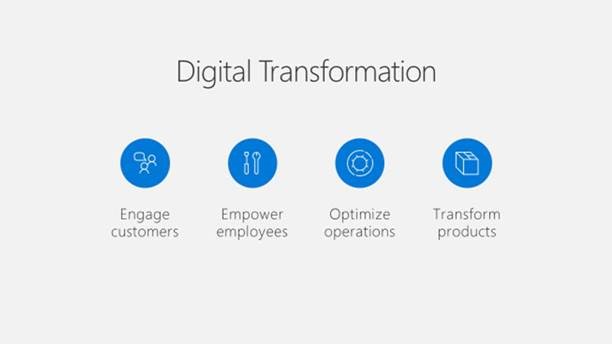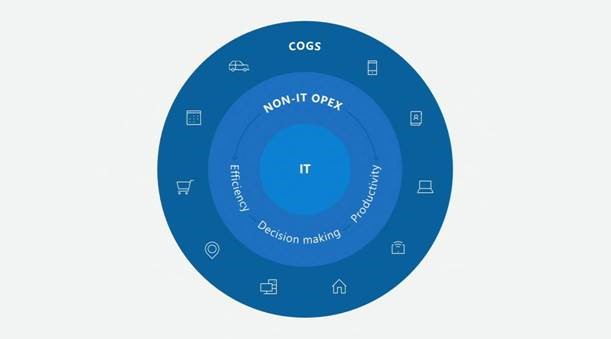Microsoft wrapped up another incredible Worldwide Partner Conference (WPC) last month. Over 16,000 partners gathered in Toronto to learn and strategize about Microsoft’s new initiatives for the next fiscal year, including:
- Drive digital transformation with customers
- Accelerate cloud adoption
- Propel Windows 10 Enterprise deployment
- Generate SQL Server 2016 growth
- Drive ISV and SI momentum
- Make experiences come to life through hardware solutions
With more than 70 million commercial users of Office 365, 102 percent growth in Azure revenue, and the recent announcement of Dynamics 365, there was a lot to get excited about. Here are five big ideas from Microsoft WPC 2016.
1. Double down on the cloud
Azure revenue growth is in the triple digits. IDC is predicting 19 percent CAGR through 2019 for public cloud IT services. Instead of deciding whether or not to go to the cloud, customers are trying to decide what to move first and whom to partner with for the transition.
Instead of just “ripping off the band aid,” you can take advantage of Microsoft’s complete portfolio of cloud services to help you make a planned transition to the cloud with minimal impact to your business. Moving second- or third-tier productivity apps and services to the cloud is a great way to start.
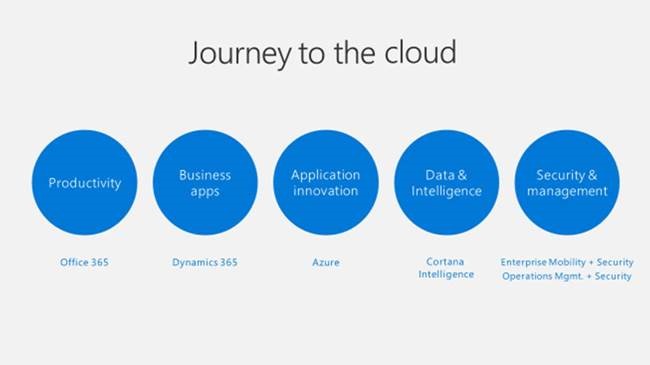
2. Time to upgrade
In case you missed it, Windows 10 has arrived and already has over 350 million users. At this year’s WPC, Microsoft announced that the OS will be available as a monthly rental for $7/month for CSPs with Windows 10 Enterprise Subscription.
Speaking of upgrades, Microsoft also spent a good deal of time talking about the Surface at this year’s WPC. The Surface had a slow launch, with only $853 million in sales in its first 9 months, but it is steadily gaining traction at 9 percent growth year over year. To boost Surface adoption, Microsoft is launching a “Surface as a Service” program which will introduce new flexible purchasing options through the CSP channel in conjunction with the Windows 10 Enterprise program. With Surface as a Service, you get an entry level Surface, training, and support for around $52 per device per month.
3. Dynamics 365 is real
Salesforce has paved the way for CRM software to be recognized as a critical asset to your sales organization. Everyone has taken notice of this, including Microsoft. The possibilities are endless—think about combing your data with Cortana Intelligence Suite’s Machine Learning. Azure Machine Learning could be used to look through your historical data to suggest which products you should be selling to which clients. In addition, it could tell you which members of your sales team could best service a potential prospect or at risk customer. Enter Dynamics 365.
Dynamics 365 is set to eventually replace a significant portion of the current Dynamics CRM and ERP product line and will be responsible for the future licensing of both Dynamics CRM and AX. It includes deep integration with Office 365 and will also include Project Madeira, better known as Dynamics 365 Financials for Business. Dynamics GP, NAV, and SL are not part of Dynamics 365 and will remain standalone products with their own roadmaps.
4. Intelligence is coming to SMB
Have you ever looked around for your keys and thought, “Man, I just left them here!” And then your wife comes by and points them out immediately. No? Just me?
This is what is happening with bots. Bots are everywhere; they are routinely used on the internet where the emulation of human activity is required. A good example is a chat bot. You may think you’re chatting with a person, but it’s probably just a bot. Teamed with machine learning, bots could potentially become highly effective sales, marketing, and operational tools that applications will come to love.
With Cortana Intelligence Suite, the coalescence of bots, machine learning, and data visualization is quickly becoming a reality. A real world example is Microsoft Bot Framework. This new Azure tool allows you to build and connect intelligent bots to interact with your users wherever they are, from text/SMS to Skype, Slack, Office 365 mail, and other popular services.
Zumasys is already taking advantage of intelligence tools like bots. We had our CTO, Andy Takacs, ask our own bot about the server footprint for a cloud client. Immediately, the bot came back with the correct answer, without ever having to login to a portal or ask a technical resource. That’s pretty cool.
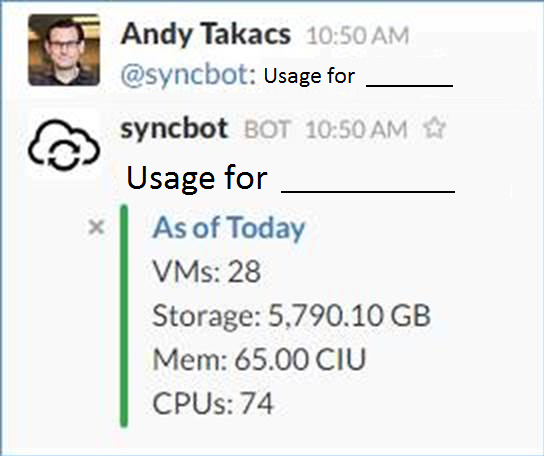
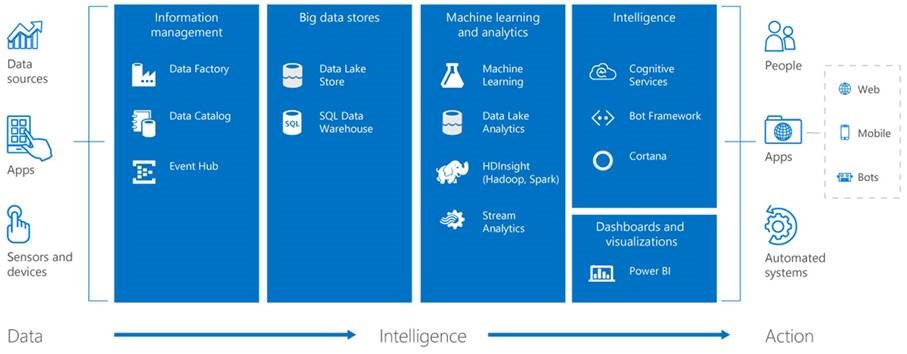
5. IT is here to enable
IT revenues account for 5 percent of the United States’ Gross Domestic Product, and are growing at 8 percent CAGR. IT is at the core of every business, and the digital transformation is going to be the next challenge for IT leaders. It will be up to them to understand the needs of their business and remove barriers between productivity tools and business applications. Purpose-built, role-specific, task-specific micro applications will become the norm. Big box applications for everyone will transform into applications by company role, to empower the employee and optimize operations. IT leaders will be expected to understand how integrate and manage these new specific services in order to increase revenue and optimize operating expenses; through enhanced efficiency, improved decision making, and increased production.
